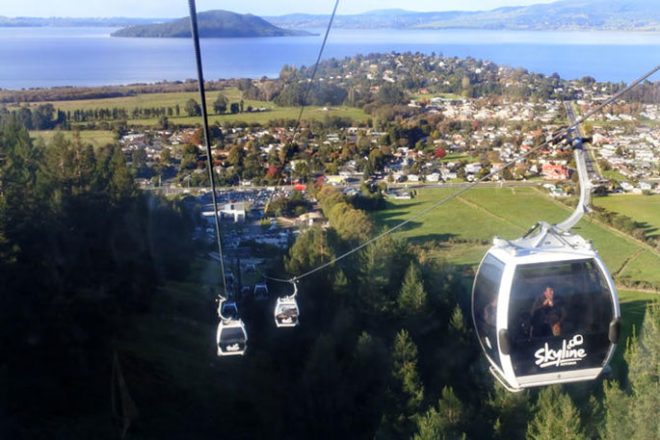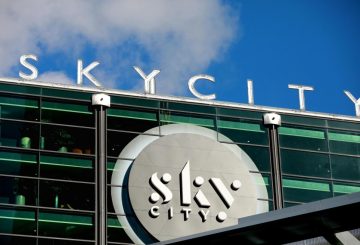Ang panahon ng tag-init para sa industriya ng turismo ng New Zealand ay natapos sa mataas na nota, na may maraming negosyo sa buong bansa na nag-uulat ng malakas na pagganap. Bagaman ang huling data para sa mga pagdating at paggastos sa tag-init ay hindi pa inilabas, ang mga maagang palatandaan ay nagmumungkahi ng isang matagumpay na panahon, kahit na mas mababa kaysa sa mga antas
Ang kabuuang paggastos ng mga internasyonal na bisita para sa taon hanggang Disyembre 2023 ay $9.9 bilyon, ayon sa isang survey ng Ministry of Business, Innovation at Trabaho. Sinabi ni Rebecca Ingram, CEO ng Tourism Industry Aotearoa, na ang katapusan ng Marso ay nagmamarka ng pagtatapos ng peak season para sa parehong mga internasyonal na bisita at mga lokal na bakasyon. Idinagdag niya na sa kabila ng ilang pagkakaiba-iba, positibo ang pangkalahatang sentimento at ang panahon ng tag-init ay patuloy na makabuluhang mag-aambag sa ekonomiya.
Ang mga holiday park ay nagkaroon ng kanilang pinakamahusay sa Enero, na may mga guest night na umaabot sa 2 milyon. Ang kabuuang kontribusyon ng turismo sa ekonomiya ay naging malakas, na bumubuo ng $37.7 bilyon sa taong nagtatapos sa Marso 2023, at nag-aambag ng 6.2% sa ekonomiya ng bansa.
Maraming mga operator ng turismo ang nag-ulat ng isang abalang panahon. Sinabi ni Ben Thornton, mula sa tour operator na Bush at Beach, na ang kanilang mga tour ay ganap na na-book mula noong Oktubre. Si Gavin Oliver ng EcoZip, isang kumpanya ng zipline, ay nag-ulat din ng isang mahusay na panahon na may mahusay na pagtanggap mula sa Hilagang Amerika.
Nakita rin sa tag-init ang pagpapakilala ng mga bagong atraksyon, kabilang ang isang bagong Hobbit Hole sa Hobbiton at isang bagong zipline sa Kaikoura. Nabanggit ni Ingram na ang panahon ng tag-init ay mahalaga para sa mga negosyo sa turismo habang naghahanda sila para sa taglamig, kapag ang mga lokal na bakasyon ay madalas na naglalakbay sa ibang bansa
Ang pinakamalaking kaganapan sa kalakalan ng industriya ng turismo, ang TRENZ, ay magaganap sa Mayo at inaasahang makaakit ng 1,000 delegado. Ang kaganapan, na pinamamamahalaan ng Tourism Industry Aotearoa, ay naglalayong ikonekta ang mga lokal na negosyo sa turismo sa mataas na kalidad na mga mamimili ng paglalakbay






























































